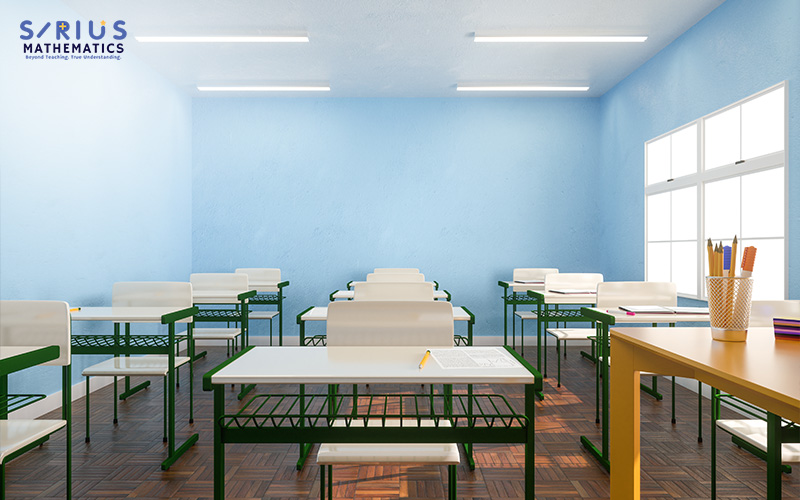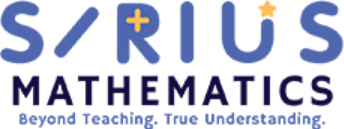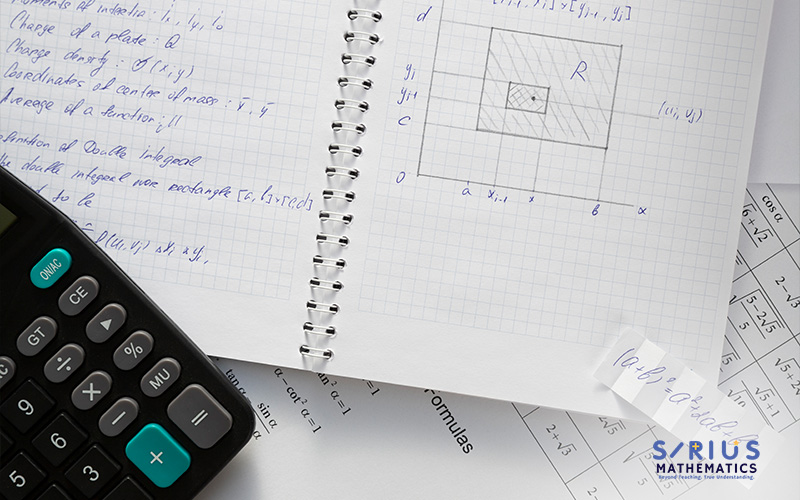Key Takeaways:
- How to Prepare for the Key PSLE Math Topics in Paper 1 and Paper 2
To succeed in the subject, students must:
- Master a core set of PSLE Math topics, ranging from fractions and ratios to geometry and number patterns.
- Develop strong conceptual understanding to confidently approach various question types, including word problems and multi-step questions.
- Hone their problem-solving skills by practising mathematical applications across different contexts.
Introduction
Still stuck memorising formulas and past-year papers to score in PSLE Math? There’s a smarter way. With a strong grasp of key PSLE Math topics and solid conceptual understanding, you’ll be better prepared to tackle a wide range of questions.
This guide focuses on the essential topics every PSLE student should master, and how to approach them with strong problem-solving skills. It’s time to make your PSLE Math revision more purposeful!
What Are the Key Topics You Must Know?
The PSLE Math paper is split into two sections:
- Paper 1: Short-answer questions that assess basic understanding and speed
- Paper 2: Structured questions that test deeper reasoning and multi-step problem-solving. These often involve the integration of multiple concepts, requiring strong mathematical application.
To prepare well, students must be familiar with the following major topics:
1. Fractions, Decimals, and Percentages
These foundational concepts appear frequently and are often combined in complex word problems. Students should be able to convert between these forms and apply them to real-life scenarios, such as discounts, profit and loss, and percentage increase or decrease. All of these allow them to demonstrate solid conceptual understanding.
2. Ratio and Average
As of 2024, ratio and average have been moved from Primary 5 to Primary 6. This makes it even more important to master these concepts in your final year before PSLE. Expect to see questions that require comparing quantities, adjusting ratios, and interpreting averages in data sets. Mastering these requires strong problem-solving skills and mathematical application.
3. Area, Volume, and Perimeter
Geometry-based topics like these often show up in visual and real-world problems. Focus on visualising how shapes are formed, broken down, or combined. For example, a complex figure might be a mix of rectangles and triangles, requiring students to calculate each part separately before finding the total area or perimeter.
4. Whole Numbers and Factors
Whole numbers and factors form the foundation of number sense in Primary Math. In the PSLE, questions involving these concepts often go beyond basic operations. Students may be asked to identify numerical patterns, solve for missing values in sequences, or apply divisibility rules to work through logic-based problems

5. Geometry: Angles, Nets of Solids, Symmetry
Geometry in PSLE Math challenges students to think visually and apply spatial reasoning skills. This topic requires students’ careful observation, logical thinking, and a good understanding of shape properties. Geometry questions often involve identifying unknown angles in complex diagrams, visualising 3D shapes from 2D nets, and spotting lines of symmetry in figures. Solving these problems demands strong conceptual understanding and mathematical application.
6. Data Handling and Interpretation
Students should be familiar with reading and interpreting data from graphs and tables, such as bar graphs, pictograms, and line graphs. Skills include calculating averages from data sets, understanding trends, and answering questions based on the data presented. These require applying problem-solving skills and conceptual understanding.
7. Measurement and Time
This includes converting between different units like length, mass, and capacity, solving problems involving time (e.g., elapsed time, time-speed-distance), and applying these in practical contexts. These topics are tested regularly in PSLE and require accurate mathematical application.
Why Conceptual Understanding Outweighs Memorisation
Memorising a formula is helpful, but knowing when and how to apply it is even more important. PSLE Math topics are designed to test your mathematical application, not just your memory. Be mindful that in PSLE Math Paper 2, there are multi-step questions drawn from more than one topic.
Instead of simply memorising methods, students should aim to understand the logic behind each strategy. If certain concepts are still unclear, enrolling in quality Primary Math tuition in Singapore can provide the targeted support needed to bridge those gaps.
How to Master Application: Mathematical Integration
In recent years, PSLE Math has placed greater emphasis on problem-solving skills that require the integration of multiple concepts. For example, a single question might involve both ratio and percentage, or area and fractions. To prepare for this, students should:
- Practise questions that blend different topics
- Explain their thought process out loud or in writing
- Focus on how to approach a question, not just the final answer
If you’re a Primary 6 student aiming for top marks, focusing on the right PSLE Math topics can give you a huge advantage. By developing your conceptual understanding and honing your problem-solving skills, you’re setting yourself up for academic success.
Looking to level up your PSLE Math prep? Consider signing up for Sirius Mathematics’ Primary 6 Math tuition. At Sirius Mathematics, our teaching approach is built around MOE’s Assessment Objectives to equip students for all key PSLE Math topics. Through carefully crafted, customised worksheets, we help students develop essential skills while staying actively engaged in their learning.
Get in touch and let our tutors support your math-learning journey.

